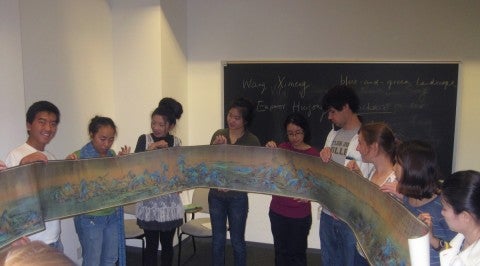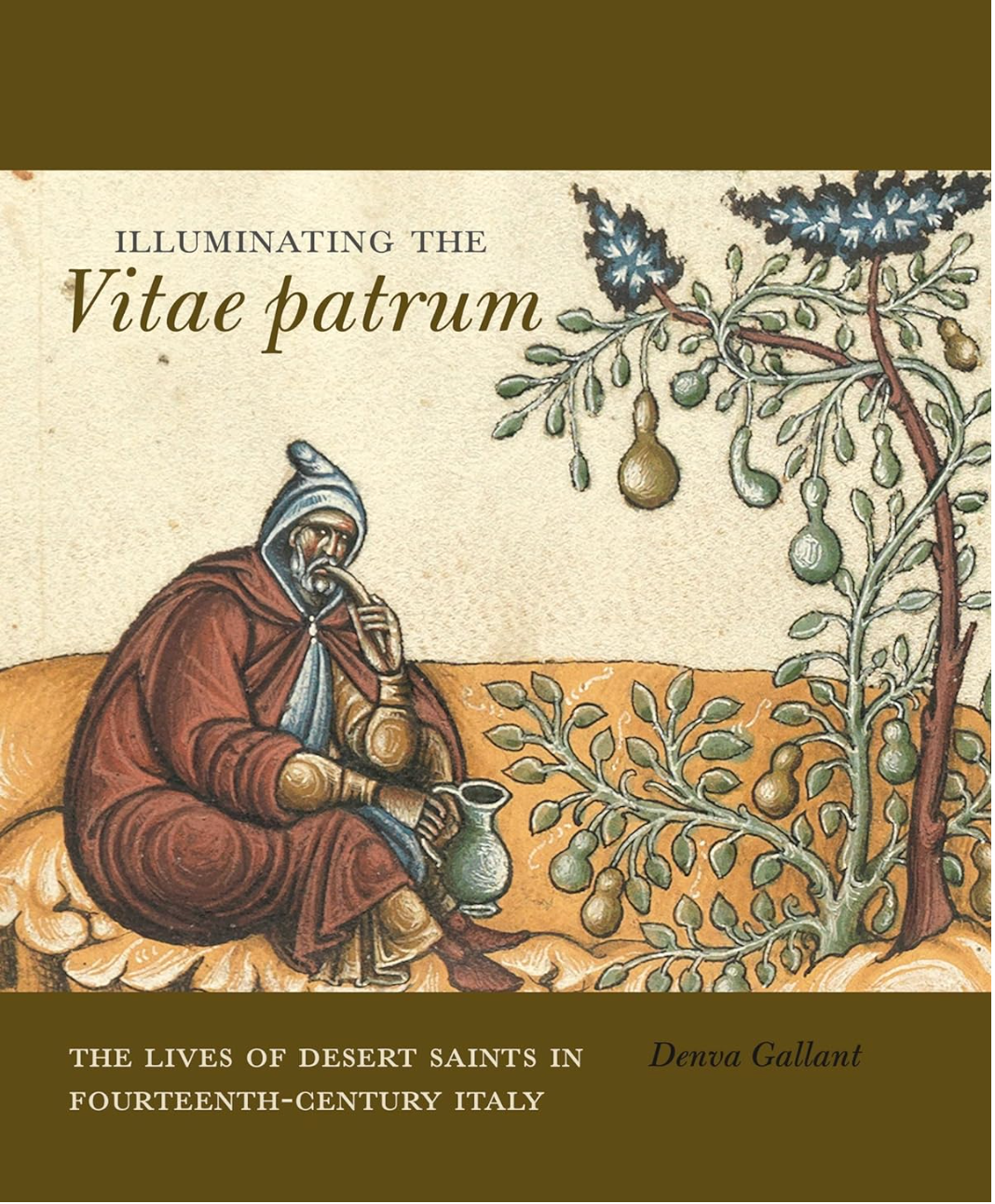Congratulations to Dr. Denva Gallant, assistant professor of art history, for the release of her new book!
“Illuminating the Vitae patrum: The Lives of the Desert Ascetics in Fourteenth-Century Italy” (Penn State University Press) is the first book to extensively examine the richly illustrated manuscript of the “Vitae patrum” (MS. M. 626) housed at the Morgan Library and Museum in New York City, providing a comprehensive analysis of its historical and cultural significance.
“During the fourteenth century in Western Europe, there was a growing interest in imitating the practices of a group of hermits known as the Desert Fathers and Mothers. Laypeople and religious alike learned about their rituals not only through readings from the Vitae patrum (Lives of the Desert Fathers) and sermons but also through the images that brought their stories to life.
In this volume, Denva Gallant examines the Morgan Library’s richly illustrated manuscript of the Vitae patrum (MS M.626), whose extraordinary artworks witness the rise of the eremitic ideal and its impact on the visual culture of late medieval Italy. Drawing upon scholarship on the history of psychology, eastern monasticism, gender, and hagiography, Gallant deepens our understanding of the centrality of the Desert Fathers and Mothers to late medieval piety. She provides important insights into the role of images in making the practices of the desert saints both compelling and accessible to fourteenth-century city dwellers, who were just beginning to cultivate the habit of private devotion on a wide scale.
By focusing on the most extensively illuminated manuscript of the Vitae patrum to emerge during the trecento, this book sheds new light on the ways in which images communicated and reinforced modes of piety. It will be of interest to art historians, religious historians, and students focusing on this period in Italian history.”
If you want to learn more from Dr. Gallant, be sure to register for her FA24 courses “HART 330: Early Medieval Art” and “HART 341/541: Early Renaissance Art in Italy”!


